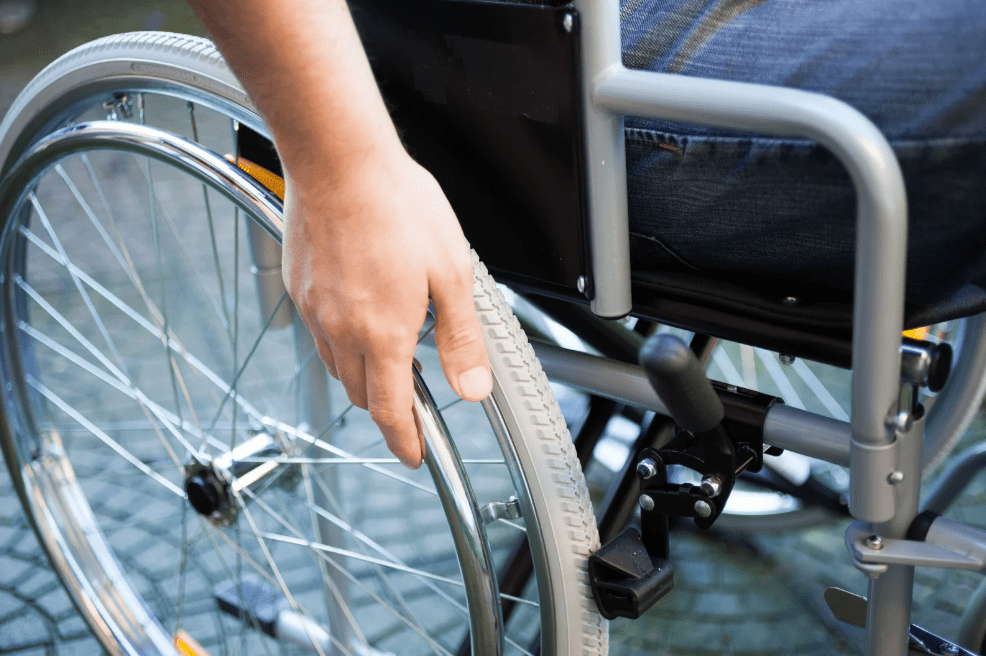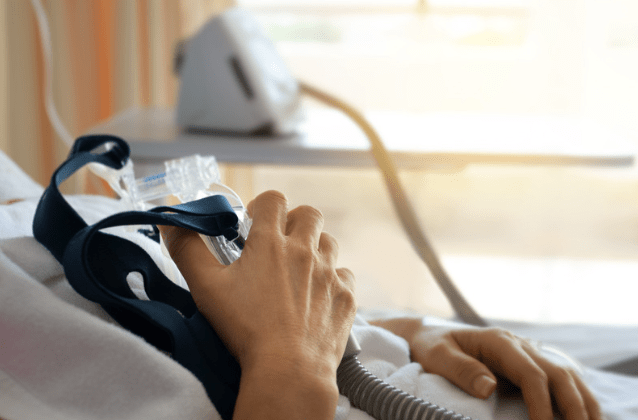Table Of Contents
On Friday, December 13th an appeals court ruled that elderly disabled veterans who were exposed to ionizing radiation while cleaning up a 1966 nuclear bomb disaster in Palomares, Spain are eligible to sue for disability benefits for their radiation-related illnesses in a class action suit.
What Happened?
On January 17, 1966, a U.S. B-52 bomber and a refueling plane crashed into each other during a refueling near the Spanish village of Palomares. The midair collision caused the release of four U.S. hydrogen bombs. Although none of the bombs exploded, two of the plutonium-filled detonators went off which scattered 7 pounds of highly radioactive plutonium across the land.
As a result of this crash, 1,600 servicemen were sent to the crash site to recover weapons and clean up the plutonium contamination. These servicemen were exposed to dangerous levels of radiation for up to months at a time. Many of these servicemen developed cancer, blood disorders, heart, and lung dysfunction along with other radiation-related sicknesses but were denied disability benefits by the VA.
What was done about it?
In 2017, Yale Law School students filed a request with the U.S. Court of Appeals for Veterans Claims (CAVC) on behalf of veterans who sought disability benefits in connection with the 1966 disaster but were denied. The students filed the appeal on behalf of Air Force veteran Victor Skaar, and they wanted to include other veterans who believe they deserve VA benefits.
What was decided?
The CAVC issued a 6-3 decision certifying the class of veterans, who have been denied disability benefits for illnesses they suffered as a result of the 1966 nuclear disaster.
This is the first time that CAVC has certified a class action suit from a direct appeal from the VA. The court did not rule on whether Skaar’s disability is service-connected but held that the veterans impacted by the 1966 disaster satisfy the class certification used in federal courts.
Although this ruling does not grant Skaar or other veteran’s benefits, this ruling is one more step forward to getting veterans a statutory presumption that their illnesses and diseases are caused by their exposure to radiation at Palomares.
If you are a veteran who was impacted by the 1966 Palomares disaster or suffering from service-related disease or injury and need assistance with a VA benefits claim, we are here to help. Call Veterans Help Group at 855-855-8992 or complete our free veterans benefits case evaluation form.

How Long Does It Take for My VA Disability Rating to Become Permanent?
How Long Does It Take for My VA Disability Rating to Become Permanent? Securing your VA disability...

Celebrating 250 Years of the U.S. Army
Celebrating 250 Years of the U.S. Army If it feels like the U.S. Army has always been there,...

THE DIFFERENCE BETWEEN 100% FOR UNEMPLOYABILITY AND 100% DISABILITY RATING
THE DIFFERENCE BETWEEN 100% FOR UNEMPLOYABILITY AND 100% DISABILITY RATING In general, neither the...





